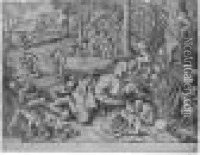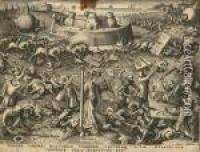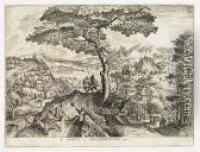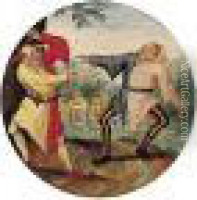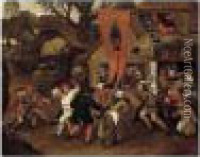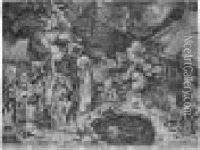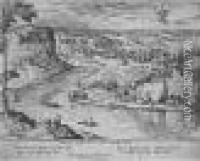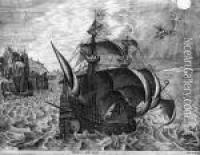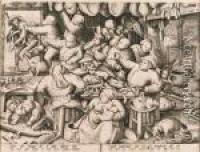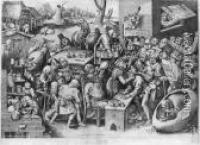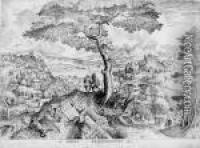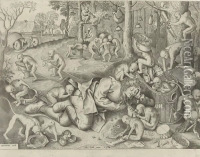Pieter The Elder Brueghel Paintings
Pieter Bruegel the Elder, born around 1525, possibly in Breda or Breugel, in the Duchy of Brabant, now in the Netherlands, was a significant figure in the Northern Renaissance art movement. Unlike many of his contemporaries who focused on religious motifs, Bruegel specialized in landscapes and scenes of peasant life, earning him the nickname 'Peasant Bruegel'. His works reflect a keen and sympathetic eye for the human condition, coupled with a critical attitude towards the social injustices of his time. Bruegel's artistry is characterized by its detailed narrative realism, a vivid depiction of the natural world, and a robust sense of humor, often portraying the folly and vice of mankind.
Bruegel embarked on a significant journey to Italy in 1551, which profoundly influenced his artistic development. During his travels, he studied the works of Italian masters and was particularly influenced by the landscapes of Leonardo da Vinci and the Roman ruins. However, Bruegel's work diverged from the Italianate style upon his return to Antwerp in 1555. He began to focus on the depiction of landscapes and peasant life, integrating his observations with a moral or philosophical narrative.
In 1563, Bruegel moved to Brussels, where he married Mayken Coecke, the daughter of his former teacher, Pieter Coecke van Aelst. This period marked the production of some of his most famous works, such as 'The Tower of Babel' (1563), 'Hunters in the Snow' (1565), and 'The Peasant Wedding' (1567). These paintings are notable for their intricate detail, dynamic composition, and vivid portrayal of seasonal cycles and peasant festivities.
Bruegel's work had a significant impact on the development of Dutch and Flemish Renaissance painting, influencing generations of artists in the Netherlands and beyond. His sons, Pieter Brueghel the Younger and Jan Brueghel the Elder, also became prominent painters, continuing their father's legacy. Bruegel's unique approach to depicting everyday life, combined with his critical social commentary, has cemented his status as one of the most important and innovative artists of the 16th century.
